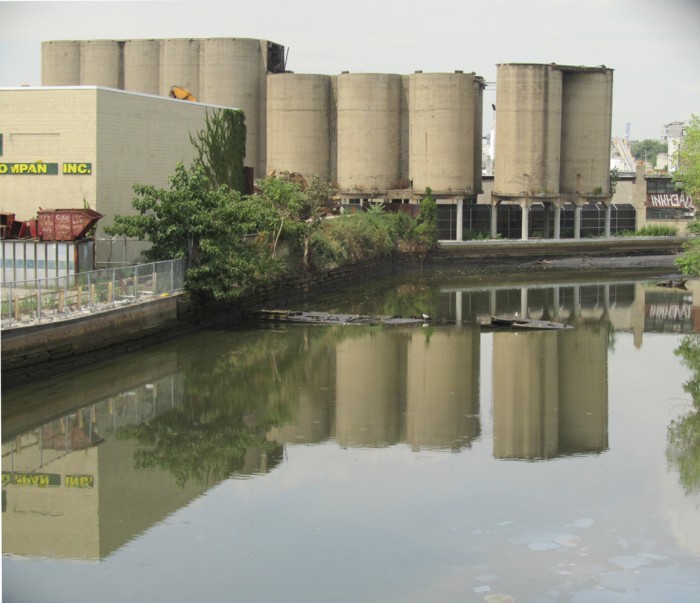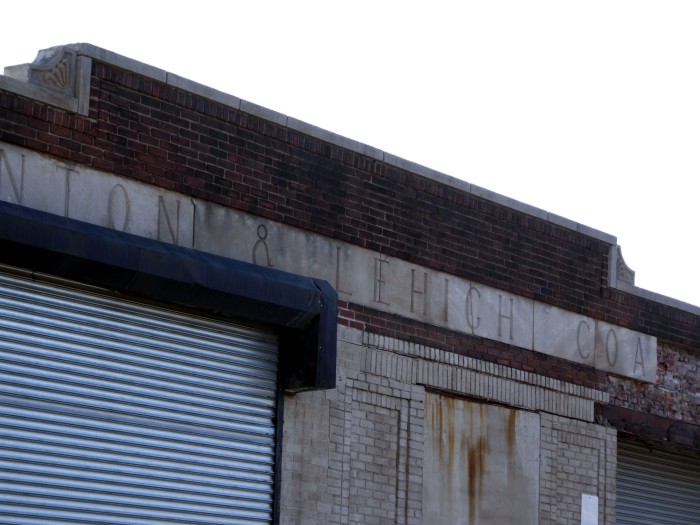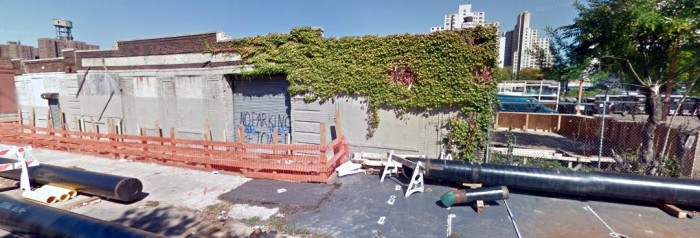Building of the Day: 239 Nevins Street
Brooklyn, one building at a time. Name: Scranton & Lehigh Coal Company Garage Address: 239 Nevins Street Cross Streets: Corner Douglass Street Neighborhood: Gowanus Year Built: Somewhere between 1924 and 1930, research has conflicting dates Architectural Style: Art Deco Architect: Unknown Landmarked: No, but part of proposed Gowanus Historic District, on the National Register of…


Brooklyn, one building at a time.
Name: Scranton & Lehigh Coal Company Garage
Address: 239 Nevins Street
Cross Streets: Corner Douglass Street
Neighborhood: Gowanus
Year Built: Somewhere between 1924 and 1930, research has conflicting dates
Architectural Style: Art Deco
Architect: Unknown
Landmarked: No, but part of proposed Gowanus Historic District, on the National Register of Historic Places
The story: The Scranton & Lehigh Coal Company was one of Pennsylvania’s large coal companies, supplying the Northeast with anthracite and other coal products. The engines that powered Brooklyn ran on coal; everything from heating homes and apartments, to heating the offices, schools, and churches of the borough, to the huge boilers that powered the many factories in the city. Coal was the fuel that kept it all going until well after World War II. Even today, a coal furnace still turns up here and there; they were long lasting, powerful, but simple heat producers.
There were many different coal companies bringing their product into the city. A coal office didn’t need to be all that large, but the facilities to house the coal until delivery had to be quite large, and so did the trucks that carried the coal to customers. In 1921, the Scranton & Lehigh Coal Company purchased a plot of land at 295 Livingston Place, and built a new office for the company. This was just a new building; the company itself had been in Brooklyn for years. The company also had a branch near the Navy Yard, along the East River.
A couple of years later, they constructed this one story garage on the corner of Nevins and Douglass to house and service the company’s fleet of delivery vehicles. That’s because most of the coal was stored on the shores of the Gowanus, in places like the Burns Brothers Coal Pockets, a group of enormous concrete storage silos, which until recently, stood at 6th Street between 2nd and 3rd Avenues. At the height of the Pockets’ use, there were 18 of them. The last remaining eight were torn down this past April.
The storage facilities stored the vast amounts of coal that was barged in on the Gowanus Canal. The Canal was a vital source of transportation, especially for commodities like coal, that were coming in every day, and being used rapidly. The wagons and then trucks taking the coal from the Pockets or the barges would have filled the streets of Gowanus almost night and day. After a long day, the trucks and their drivers came back to this garage.
The one story garage building is typical of Gowanus, but this one stands out because of the Art Deco lettering carved into the cast stone band above the garage bays. The distinctive font, as well as the presence of the band itself makes this more than just a plain old brick garage. Another defining feature is the use of two colors of brick, the deep red and an ivory colored brick, the same color as the sandstone trim. The contrast is quite pleasing, and when this garage was in full use, and all of the bays were exposed, it must have reflected the humming of industry for which they provided the fuel. Today, the garage is home to LCR Trucking, and is still quite busy.
UPDATE: Last Wednesday, I mentioned that my BOTD, 21 Devoe Street had been receiving a make-over. A very nice reader named James send in some photos of the exterior, which is almost complete. It looks as if they still need to decide how to handle the top of the building, where the crenellation was. It looks great, but part of me misses the pink castle. It had moxie. Thank you James, for the photos! He promised to come back when they were completely finished and take another shot. Please check out the link for the entire story: Building of the Day: 21 Devoe Street.
(Photograph: S.Spellen)













What's Your Take? Leave a Comment